Independence Day 2024: The Evolution Of India's National Flag From Pre-Independence Era To Today
)
The first Indian flag was crafted by Sister Nivedita, an Irish disciple of Swami Vivekananda, between 1904 and 1906. Known as Sister Nivedita’s flag, it featured red and yellow stripes with a white lotus and the ‘vajra,’ the weapon of Lord Indra, in the center.
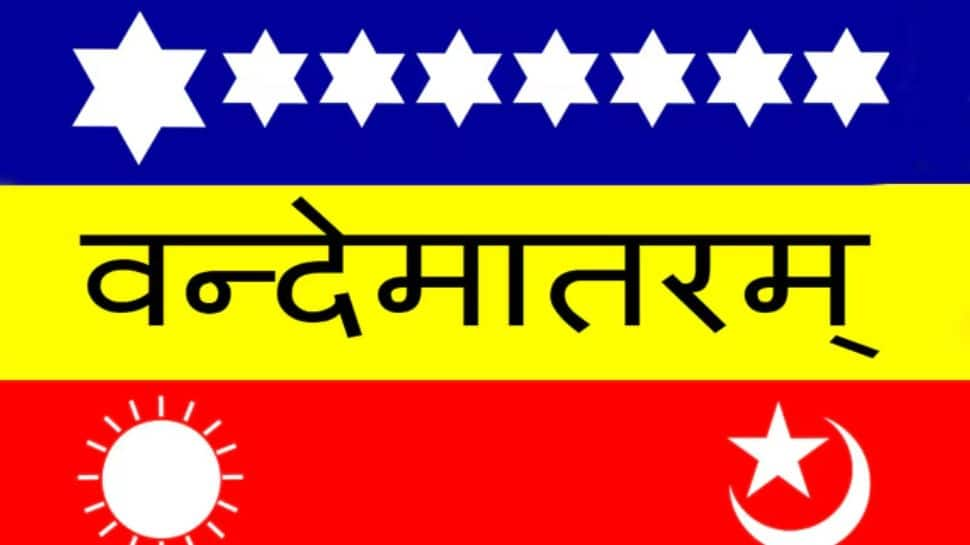
The Calcutta flag introduced the concept of tricolor in 1906. It had three horizontal stripes in blue, yellow, and red. The blue stripe featured eight stars, while the yellow stripe bore the words 'Vande Mataram.' The red stripe displayed a sun, crescent moon, and star.
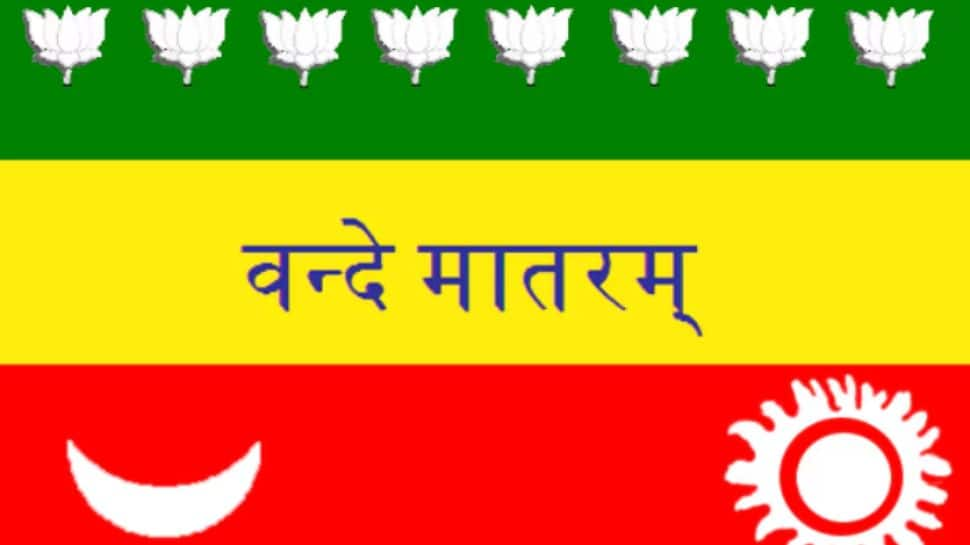
In 1906, a new flag with three horizontal stripes of green, yellow, and red was unveiled during an anti-partition rally in Kolkata. This design was attributed to Sachindra Prasad Bose and Sukumar Mitra.
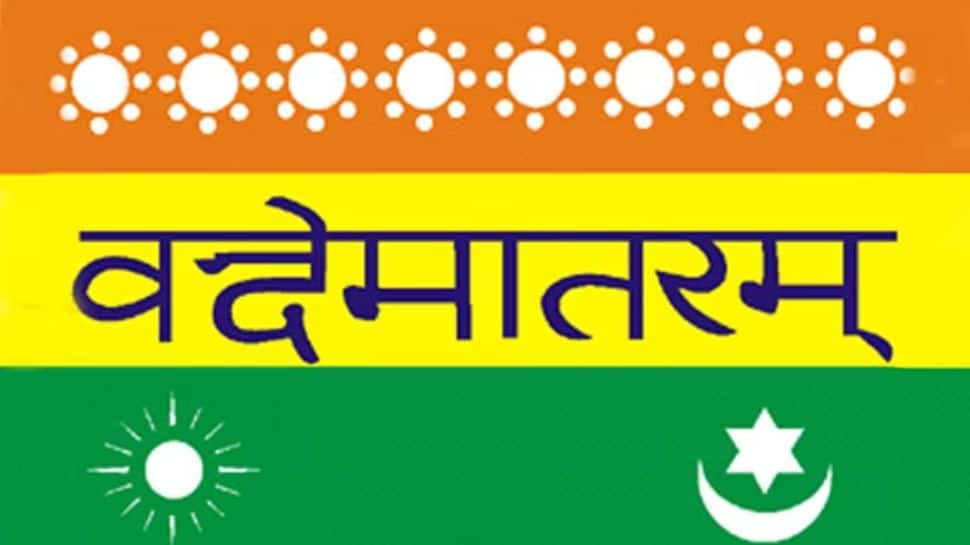
Designed by Madame Bhikaji Cama, Vinayak Damodar Savarkar, and Shyamji Krishna Varma, this flag was first unveiled in Stuttgart, Germany, on August 22, 1907. It was the first Indian flag to be displayed on foreign soil.
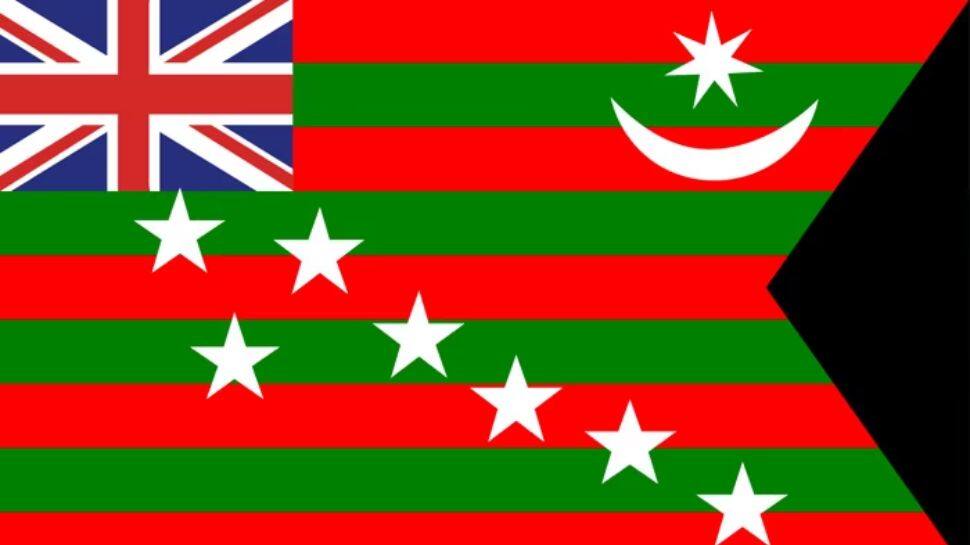
The Home Rule Movement, led by Bal Gangadhar Tilak, adopted a flag in 1917 featuring red and green stripes, with the Union Jack in the top left corner and seven stars in the center. This flag represented the push for greater self-rule within the British Empire.
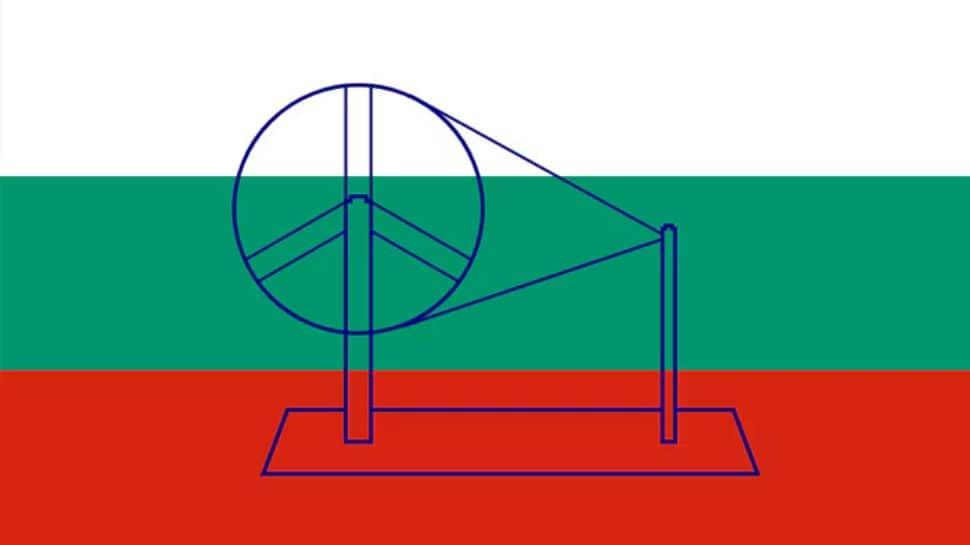
In 1921, Mahatma Gandhi proposed a new tricolor flag with a ‘charkha’ (spinning wheel) in the center. The colors were meant to reflect India's major religions and promote unity. However, the flag underwent further changes as consensus was sought.
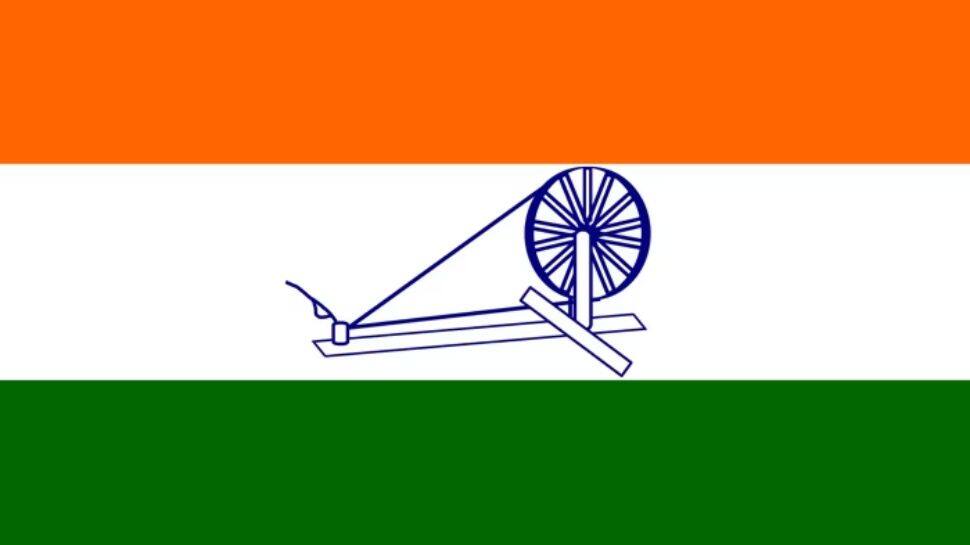
The Swaraj Flag, adopted in 1923, replaced the previous design due to its communal interpretations. The new flag featured saffron, white, and green stripes. The saffron color symbolized Hindu and Muslim unity.
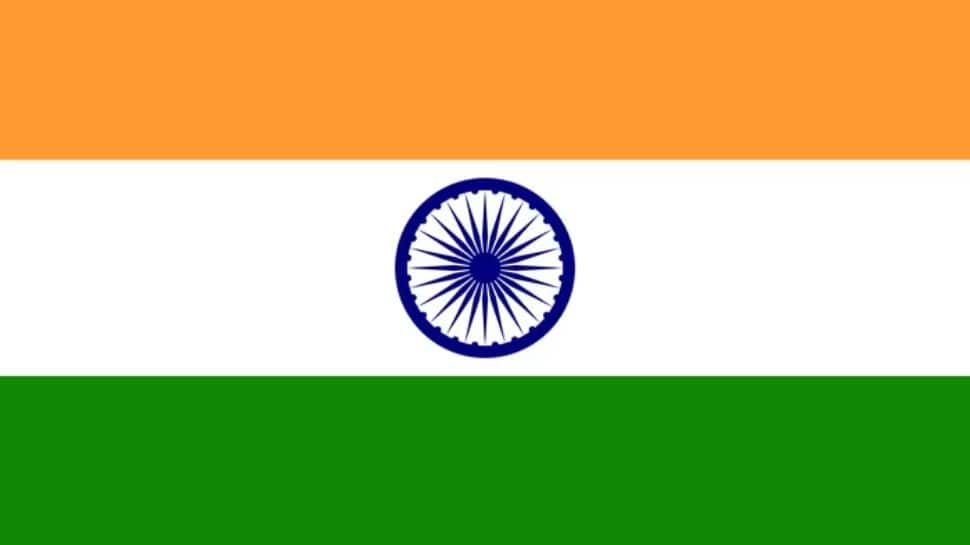
When India gained independence in 1947, a committee led by Dr. Rajendra Prasad selected the Swaraj Flag with a key modification. The ‘charkha’ was replaced with the Ashoka Chakra, resulting in the flag we know today as the national flag of India.

